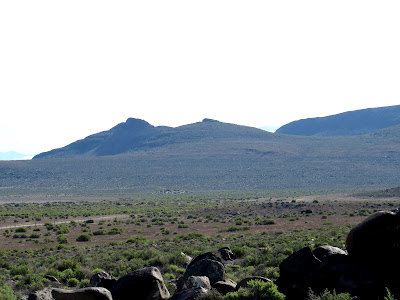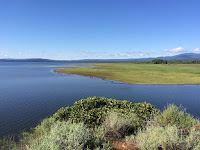The upscale Sea Cliff neighborhood is perched on the rocky cliffs above the southwest end of the beach - the closest homes isolated from the public by walls and chainlink fence.
AERIAL VIEW
Under the Golden Gate Bridge, Dartnell and others, 2006.
This is the last post from my June road trip, which also means I've finally caught up. I've also caught up on my other blog. The road trip generated almost 30 entries on hshipman ("roadtrip2015") - and while there is a little bit of overlap with this one, most of the entries over there aren't beaches.



















































